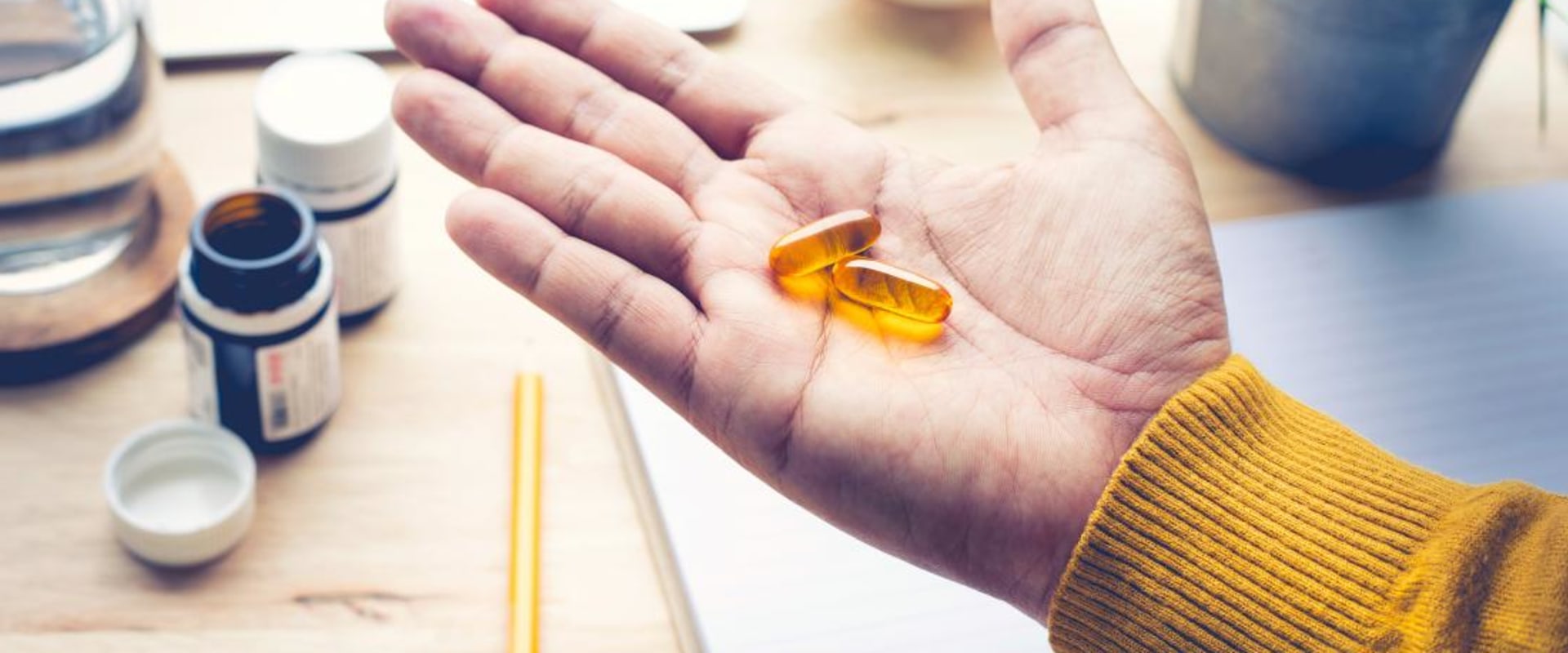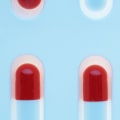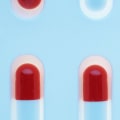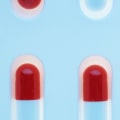In fact, some of the best nootropics for a long time. . The substances used in pills may not be nootropics, but substitutes that could easily be harmful to your health. Unlike prescription drugs that are clinically tested and regulated, there is no guarantee that these substances will be safe for you, either in the short or long term.
Misuse of nootropics, any substance that can alter, improve or increase cognitive performance, primarily through stimulation or inhibition of certain neurotransmitters, can be potentially dangerous and harmful to the human brain, and to certain people with a history of mental or consumption disorders of substances. could be particularly vulnerable to adverse effects. We describe four cases of probable psychiatric adverse effects induced by nootropics to illustrate this theory. As far as we know, this has not been previously reported in the formal medical literature.
We briefly describe the most common classes of nootropics, including their postulated or proven methods of action, their desired effects and their adverse side effects, and provide a brief discussion of the cases. Our goal is to raise awareness among physicians in general and psychiatrists and addiction specialists in particular about the potentially dangerous phenomenon of unsupervised use of nootropics among young adults who may be especially vulnerable to the negative effects of nootropics. The general evidence on the benefits of nootropics in healthy people seeking mental improvement remains controversial. In addition, it is important to note that nootropics are not free of adverse effects.
Table 1 summarizes the mechanisms of action, the desired neuropsychiatric effects, and the adverse effects of the common classes of nootropics listed below. Despite improving wakefulness, adverse effects of armodafinil usually include headache, nasopharyngitis and diarrhea, 6 Side effects. Citicoline has been found to cause gastrointestinal discomfort, headache, insomnia, myalgia, agitation, fatigue and tremors, 10 Adverse effects. Piracetam users have reported symptoms of psychomotor agitation, dysphoria, tiredness, dizziness, memory loss, headache, and diarrhea.
Many users reported that they had not felt any cognitive enhancement or psychedelic effects after taking piracetam, 17-19 Adverse effects. Ampakines have also been found to cause headaches, drowsiness and nausea 21. Despite the long-term improvement of cortical neuronal potentiation with the use of ampacines, changing cortical neuronal plasticity in favor of long-term potentiation could lead to alterations in spatial memory and perhaps motor function. 22 Adverse effects. Adverse reactions to cerebrolysin include vertigo, agitation, and feeling hot.
Two of the cases were taking psychotropic medications, which may have had drug interactions with nootropics, causing the adverse effects. There is also the possibility of undisclosed or undetected substance abuse as a causal factor. A major limitation is the inability to definitively determine the actual composition of nootropics, dosage and frequency of use. Healthcare providers in general, and specifically those in the fields of mental health and substance abuse, should note that nootropic use is an under-recognized and evolving problem.
The use of nootropics should be considered in cases where there are sudden or unexplained exacerbations of psychiatric symptoms in patients who have remained stable and who have been on medication. It is also important to remember that most nootropics are not detected in standard drug toxicology screening tests. We have very little clinical information on how nootropics can interact with psychotropics (or other medications) and potentially cause adverse physical and psychiatric side effects. Finally, because nootropics are often obtained through loosely regulated sources, such as online sellers, it is possible that other psychoactive compounds may be substituted for the advertised nootropics.
Young adults, especially those with a history of mental health or substance abuse disorders, may be at particular risk of adverse effects from nootropic use and should be informed of the potential harm of nootropic misuse. Prescription nootropics consist largely of stimulants such as those in some ADHD medications. Although they work well for many people with ADHD, they are not recommended for others who simply want to improve their concentration and attention. Many college students receive this type of drug illegally and, although they seem to help in the short term, there are serious risks.
Side effects may include insomnia, blurred vision, high blood pressure, fast heart rate, circulation problems, and addiction. Some small studies show that some nootropic supplements can affect the brain. However, there is no evidence from large, controlled studies that show that some of these supplements work consistently and are completely safe. There are a few other promising prescription drugs that may have performance-related effects on the brain.
But at this point, they all seem to involve a roll of dice. You may experience a brain impulse in the short term, but you could also end up damaging your brain (or some other aspect of your health) in the long term. The point is, then, that the use of nootropics could have some long-term benefits in a similar way. The potential of lion's mane mushroom for long-term brain regeneration and protection qualifies the fungus as a premium cognitive longevity extender that is worth receiving daily supplements.
A nootropic is a substance that, if used correctly, safely improves the user's cognitive functions. Let me reiterate at this point that I am not tolerating the use of drugs to build muscle, it is just an interesting example of how a short-term change can eventually lead to a long-term one. Ampakines are a class of drugs that bind to the glutamatergic AMPA receptor, improving its activity20 and potentially triggering the induction of long-term potentiation and the improvement of learning, cognition and alertness. Suffice it to say that long-term use of nootropics can (in my opinion and experience) confer benefits far above and beyond the non-negligible benefits that come from intermittent use of noop.
We reviewed 1 placebo-controlled human study on grape seed extract, in which 54 participants received the nootropic. Stimulants, including caffeine and prescription smart pills, don't qualify as true nootropics, because of their risk of abuse. We have reviewed 7 placebo-controlled human studies on Omega 3, in which 646 participants received the nootropic. Some nootropic users seem to feel that, like most other supplements, these “brain stimulators” should be cycled (periods of use interspersed with regular “rest” periods) to maintain their long-term effectiveness.
Compared to many other bioactive herbal nootropics, this Ayurvedic adaptogen is stubborn in releasing its brain-stimulating effects. However, at the same time, you are also not likely to forget something you learned while taking a nootropic afterwards. .




